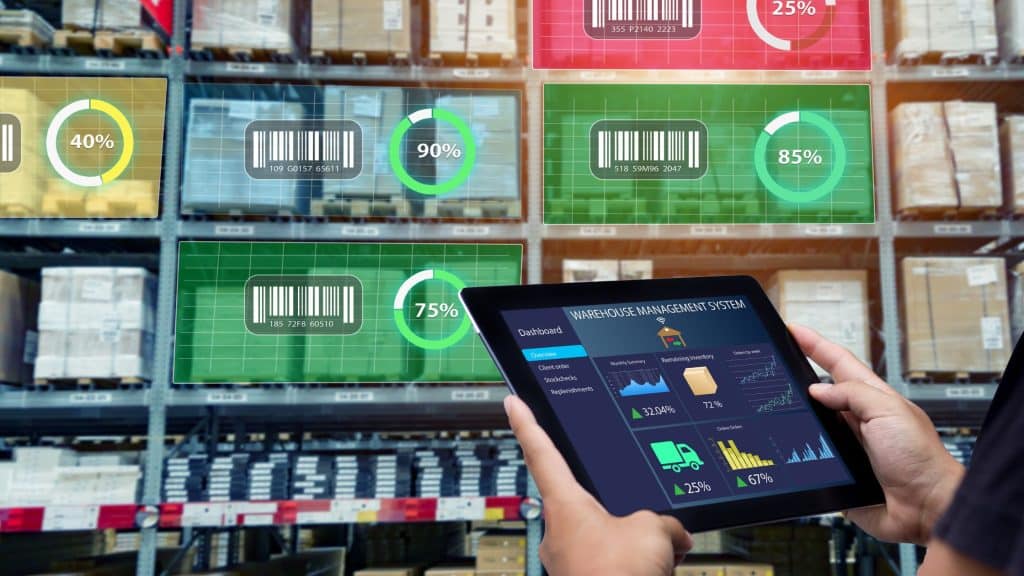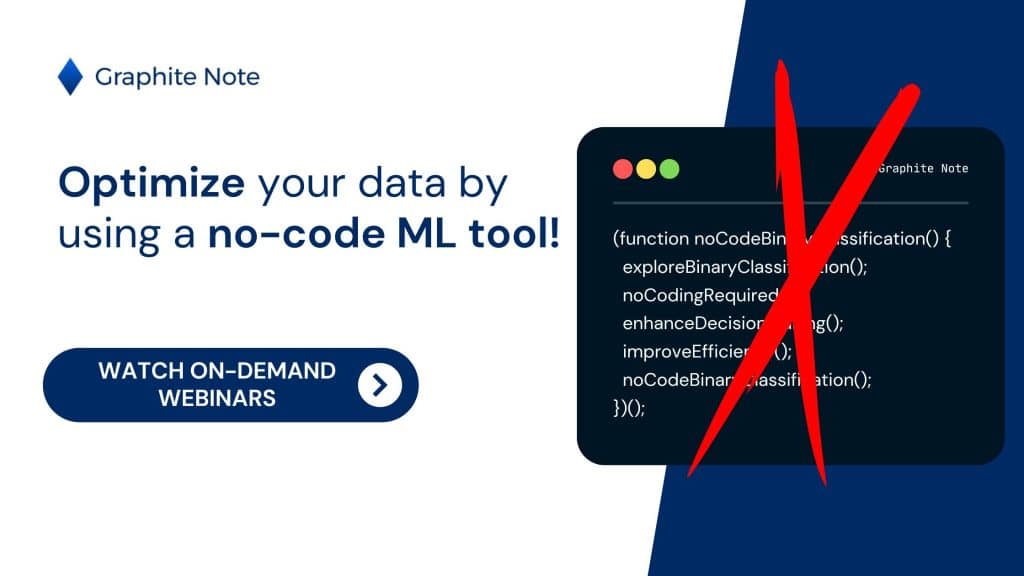Data augmentation is a powerful technique in the field of machine learning. Data augmentations can enhance the performance and robustness of your machine learning models. Data augmentation increases the diversity and quantity of your training data. Data augmentation helps to overcome various data set problems. These include overfitting, generalization, accuracy, and reliability of your machine learning models.
Understanding the Basics of Data Augmentation
What is Data Augmentation?
Data augmentation is the process of artificially expanding your training dataset. Your data augmentation method applies various transformation functions and modifications to your existing data. These data augmentation approaches create new examples. The new examples are similar to the original data but exhibit slight variations. These can include rotation, scaling, cropping, flipping, or adding noise. Data augmentation methods expose your models to a wider range of scenarios. This makes your machine learning model more adaptable and robust.
Data augmentation enhances the generalization capabilities of machine learning models. Models trained on a limited set of data may become too specialized. These models do not perform well on new data, additional data, or unseen data. Data augmentation helps mitigate this issue.
Data augmentation provides a diverse set of examples for the model to learn from. Data augmentation improves your model’s ability to handle new, unseen scenarios effectively. This helps you overcome data scarcity. Data augmentation also prepares your machine learning model to handle different data, or a new data point.
If you don’t have enough data available from your data collection efforts, you can augment your machine learning. Synthetic data can introduce a new data point or more. Data augmentation expands your training models and training examples. This improves the deep learning of your machine learning model.
Importance of Data Augmentation in Machine Learning
Data augmentation in machine learning is important. Machine learning models need sufficient diverse and representative data. Without it, machine learning models can struggle to generalize well to real-world scenarios. Data augmentation solves this problem.
Data augmentation effectively increases the amount and diversity of your training data. This helps too when obtaining new labeled examples is challenging or time-consuming in data collection. Data augmentation is particularly useful when you have imbalanced datasets. An imbalanced dataset has significantly fewer examples than others in your training examples.
Data augmentation techniques help you ensure the underrepresented classes are considered. You can balance the distribution of your data and prevent bias in your model’s predictions. Data augmentation also improves your model’s ability to handle variations in input data.
For image classification tasks, data augmentation techniques like rotation and flipping can help the model recognize objects from different angles or orientations. This makes your model more versatile in real-world applications. Data augmentation can add types of new images to your training data. That will improve the deep learning models. This is far easier than going out to collect new samples when your data collection efforts are limited. You don’t need to search for new samples. Data augmentation techniques are a common approach towards solving data scarcity problems.
Different Techniques of Data Augmentation
Data augmentation enables you to generate variations of your data. This expands the training set and improves your model to learn from a wider range of examples. These data augmentation techniques highlight various types of use case and are the most common approach:
Image Data Augmentation
Image augmentation is one of the most widely used and effective techniques. Image augmentation generates variations of your images. Image augmentation applies transformation functions. These include rotation, scaling, flipping, shearing, lighting, and zooming. Image augmentation can also include horizontal flipping, color space transformations, and different lighting conditions. These transformations simulate different perspectives. When you augment your image data, you improve your model’s ability to generalize. Your model can then make more accurate predictions in diverse situations.
Text Data Augmentation
Text data augmentation techniques are quite varied. These include synonym replacement, random word insertion or deletion, and paraphrasing. When you generate modified versions of your text data, you can improve language model performance. This also helps to prevent overfitting. Text data augmentation makes your models more robust to variations in input text. You can replace certain words with their synonyms. You can introduce semantic variations that expand the vocabulary of your models. This improves your model’s understanding of different contexts.
Audio Data Augmentation
Audion data augmentation is another key data augmentation method. You can apply a variety of transformations to your training data. These include time stretching, pitch shifting, adding background noise, or changing playback speed. You can create new and varied audio examples that mimic different environmental conditions. This is useful for speech recognition tasks. The performance of your models can be improved by training them on a diverse set of audio samples. You can enhance the robustness of your models. This enables your model to accurately recognize speech in various real-world scenarios.
Offline Data Augmentation
Offline data augmentation artificially increases the size and diversity of a training dataset. before training a machine learning model. You apply various transformations to existing data points to create new, synthetic data. This is beneficial when collecting and labeling real-world data is expensive or time-consuming.
Implementing Data Augmentation Tools for Data Augmentation
Implementing data augmentation requires the use of specialized tools and libraries.
- Image data augmentation libraries include: TensorFlow’s Data API, Keras ImageDataGenerator, and Albumentations.
- Text data augmentation libraries include: nlpaug and TextBlob.
- Audio data augmentation libraries include: Librosa and torchaudio.
These data augmentation libraries give you a range of pre-built augmentation functions. These can be easily incorporated into your machine learning pipelines. TensorFlow’s Data API offers a wide range of functions. These include rotation, flipping, zooming, and brightness adjustment. Keras ImageDataGenerator is easy to use and compatible with Keras models. Albumentations, on the other hand, is praised for its speed and flexibility. This allows for advanced augmentations like elastic transformations and grid distortion.
Steps to Apply Data Augmentation
To apply data augmentation, follow these general steps:
- Preprocess your raw data, ensuring it is in a suitable format for augmentation.
- Select the appropriate augmentation techniques based on your data type and problem domain.
- Specify the desired range and intensity of each augmentation transformation.
- Apply the augmentation functions to generate augmented examples.
- Combine the augmented examples with your original dataset. This creates an augmented training dataset.
- Train your machine learning models using the augmented dataset.
- Monitor the effect of data augmentation on your model’s performance. Monitor metrics such as accuracy, precision, recall, and F1 score. Monitor these metrics on your training and validation sets. This gives you insights into the effectiveness of the augmentation techniques.
- Experiment with different combinations of augmentation functions and parameters. This helps you fine-tune your data augmentation strategy for optimal results.
Benefits of Data Augmentation
- Improves machine learning model performance: Data augmentation exposes your models to a diverse range of augmented examples. This helps them learn more generalized features and patterns. In turn, this enhances their accuracy.
- Overcoming overfitting: Overfitting is a common problem in machine learning. Models become overly specialized to the training data. Modelsfail to generalize well to new examples. Data augmentation combats overfitting by artificially expanding the training dataset. Data augmentation helps to regularize the model. Data augmentation makes your model more robust to noise. Data augmentation prevents your model from memorizing specific training samples.
Limitations and Challenges of Data Augmentation
There are use cases where data augmentation may not be appropriate or effective. These are some of the scenarios where data augmentation may not be best:
- When your dataset already has a large and diverse collection of examples.
- When your dataset has inherent biases or rare events that cannot be replicated.
Addressing Common Data Augmentation Issues
Data augmentation can introduce its own challenges and issues. Some types of augmentation might change the label or context of the data. This requires careful handling and label correction. Certain transformations may introduce artifacts or noise. These could negatively affect the model’s performance. It’s vital to monitor the effect of data augmentation. You may need to adjust your data augmentation strategies.
Data augmentation can enhance the performance of machine learning models. When applied correctly and in the appropriate scenarios, data augmentation can be useful. Data augmentation can help you extract more value from your data. Data augmentation can help you build models that excel in real-world situations.Data augmentation can support your Business Intelligence and Data Analytics Teams. Discover how Graphite Note can revolutionize your approach to machine learning. Our no-code platform helps you transform your data science project goals. You can go from concept to actionable insights in minutes.
Request a Demo from Graphite Note. Join the next generation of business intelligence with Graphite Note.





